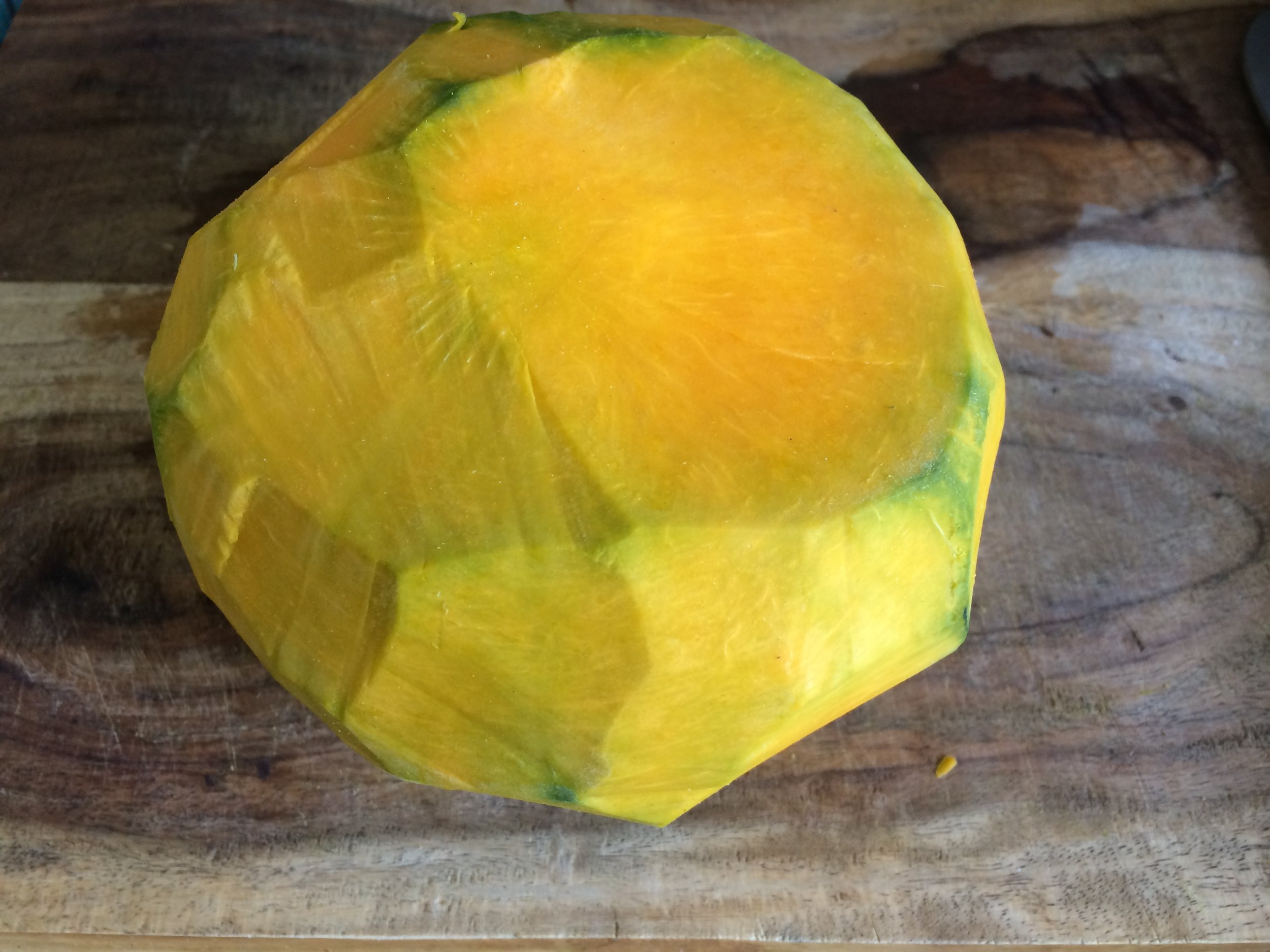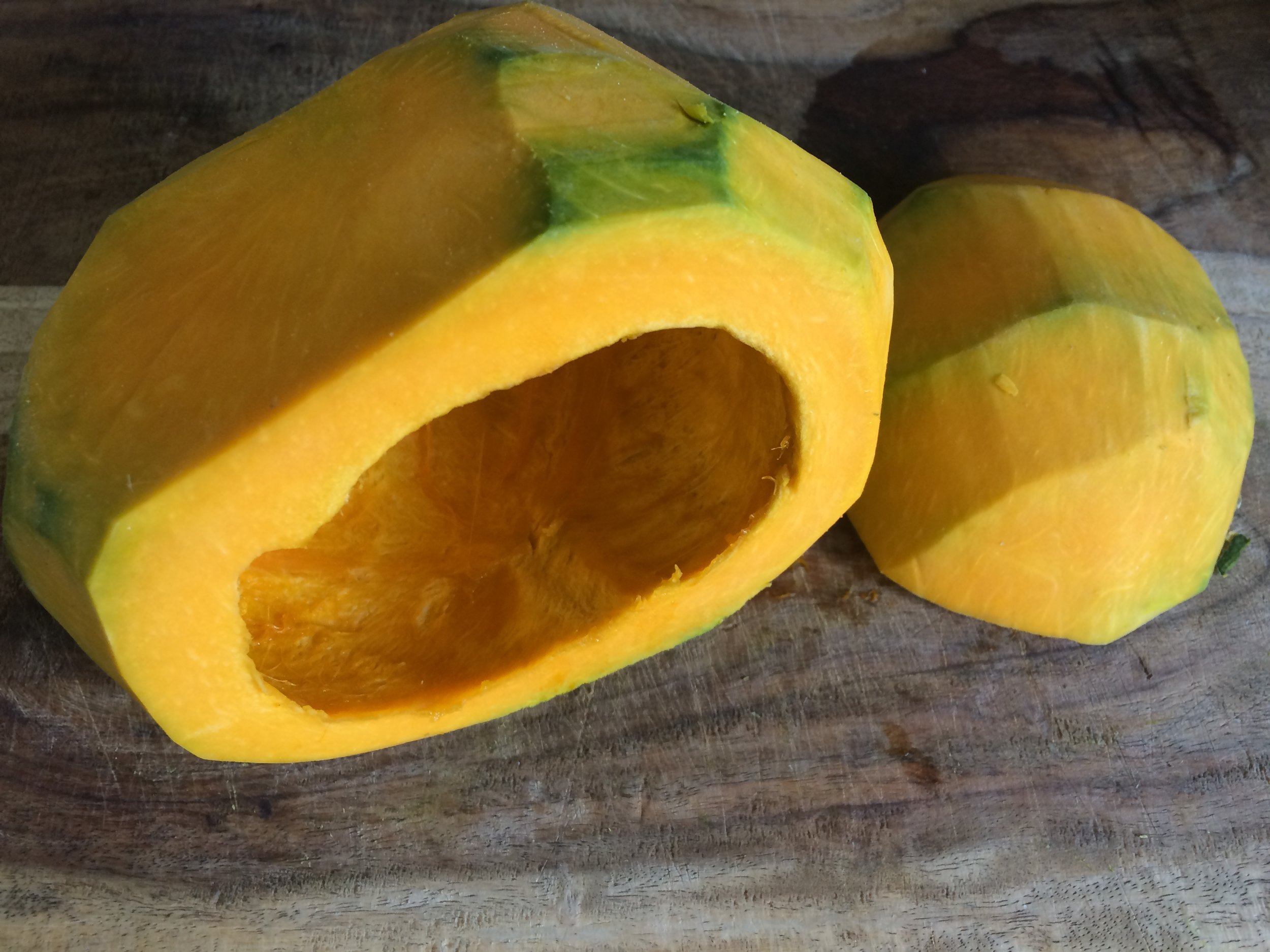Sukiyaki is a Japanese meal served family-style, typically prepared at the table. Read on for a recipe, and an introduction to Princess Jellyfish, a manga and anime that features this delicious dish in one of its episodes.
Read moreAddicted to Curry...and other food anime
Food has a way of bringing people together. When you eat a good meal you get to enjoy the combination of the tastes each ingredient brings to the dish. In addition to all the good flavors of the actual food, you can enjoy the memories that come with that meal, whether it is from creating the recipe, adapting it from a family favorite, or the memory of sharing it with friends, family and loved ones.
Food-centric anime manages to bring all of these things together. There are a number of types of plots that center around food in anime and manga. You have the food competitions, life in a restaurant plots (which usually combines a young cook eager to learn with an expert who teaches them the trade), and the every day slice of life plots that bring in your every-day life with wonderful looking food.
I decided that I would combine my interest in anime, manga, and food to create some blog posts that would introduce you to not only specific recipes but also anime and manga that feature delicious looking food. I am vegan and wanted to find a way to bring to life the foods I have seen (sometimes often) in anime and manga, and make them vegan.
One of my favorite series is one that has not been distributed in the US yet. It is called Addicted to Curry. It is created by Kazuki Funatsu. The main character is a young curry chef named Makito Koenji. In the beginning of the series he is down on his luck and ends up collapsed outside a curry restaurant named Ganesha, which happens to be owned by the other main character, Yui Sonezaki's, father.
Their meeting spurs a relationship that brings the two of them together to not only discover and create new curry recipes that will appeal to the locals and the (many) curry fans that end up coming by each chapter. Makito's main goal is to find his father, and Yui's AWOL father, who is a mentor of his, promised to help him find him, so Makito decides to stay until he returns.
The series combines comedy, competition, romance, and some drama. Not only that, but the author has clearly researched curry and loves the topic because the detail is exceptional, and there are often recipes to go along with each new curry creation.
One of the recipes that I pretty much made straight from the manga is Beta Sabzi. The recipe is vegetable based (mainly pumpkin and tomatoes). The ingredients were easily found in my local Asian Grocery Store, so I decided to start out this series with this recipe.
Beta Sabzi, Chapter 92
I will continue by giving the caveat that this recipe did not serve 5-6. Perhaps it would serve that many if it was just a side dish, but if you are treating this as a main dish, which I did, you will get about 4 servings.
You can see the image capture above, which shows the page from the manga that this recipe is from, but as I modified it a little, as some of the quantities seemed to need a little adjustment, I will post the recipe and steps below as well.
Beta Sabzi
Ingredients
- 3 C. Kabocha Squash (if you can't find Kabocha use Acorn or Butternut)
- 3T. Vegetable Oil
- 1 tsp Mustard Seeds
- 1 inch hunk of Ginger
- 2 Dried Red Chili Peppers
- Garam Masala to taste
- 2 L. Tomatoes
- 1/2 tsp chili powder (an Asian style, not the kind you would put in chili)
- 1 tsp Ground Coriander
- Salt to taste
Steps
1. Peel the squash and cut into 3 cm sized pieces.
2.Heat the oil in a medium sized pot or Dutch Oven and toast the mustard seeds until they are fragrant.
3. Add the Chilis and finely minced Ginger to the pan.
4. Add Coriander, Chili Powder, Salt and tomatoes to the pot and stir to combine. Cook for 2-3 minutes.
5. Add the squash along with 2-3 C. of water (I recommend starting with a lower amount of liquid and adjusting depending on how thin you want the sauce to be. Bring to a boil and cook until the squash is tender.
Turn the heat off and add Garam Masala to taste. I added 1/2 to 1 tsp.
Serve either over rice or with the rice on the side.
I enjoyed this recipe. It was simple to make, and the flavors were light with some nice spice accents that gave the dish some personality and interest. I have made curry before, and this dish was not like any curry I have had.
I would definitely recommend trying this recipe, at least once, and if you enjoy manga with humor, heart, and good food, definitely check out Addicted to Curry (keep in mind that this manga was written for teenage boys, so there is some gratuitous fan service sprinkled throughout. I have still enjoyed the series, and generally it is all in good humor). I continue to hope that it will eventually be officially translated. With the amount of anime and manga in its genre that have been released in the past few years I definitely could see a market for it.
Welcome!
Welcome to my website and blog! I am excited to start building my professional blog, as the only one I've had up until now was one I created in college. It was kind of embarrassing to look at, so I've disabled it, and intend on using this one more often in the future to show my works in progress, inspiration as an artist, and some of my other interests, which include, but are not limited to: anime, manga, Vegan food and travel.
Be sure to check back often, as I am planning on writing in my blog more often than I did the last time around.












